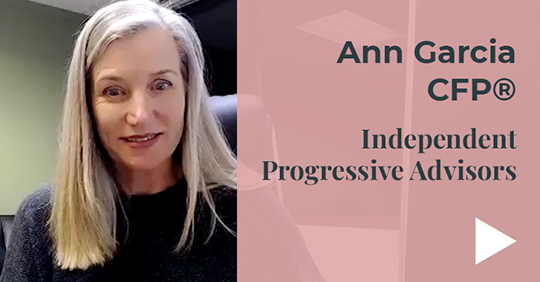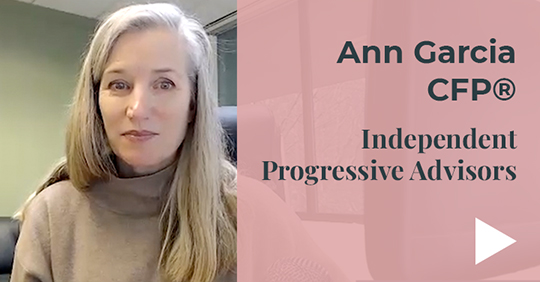
Ann Garcia (aka The College Financial Lady) is a Certified Financial Planner, author of How to Pay for College (out now), and the proud mom of two college kids split between private and public schools. She’s been through the college planning process herself and advises families on college savings every day.
Pulling from her rich experience, Ann highlights what families should be doing and when. It’s a good checklist to keep in your back pocket.
Based on an original article published on The College Financial Lady’s blog.
Open to all ages
- Open a 529 account. Children with dedicated college savings enroll and graduate at higher rates. You can pick a 529 savings plan or a prepaid plan or open both. They work well together!
- Already have a 529? Set up a monthly contribution or increase what you’re already putting in. An extra $10 a month could mean $1,500 more in savings or prepaid tuition in 10 years.*
- Invite family and friends to make contributions through your 529’s gifting option. Some state plans even let residents take tax deductions for their 529 gifts.
Grades 6-8
- Talk to your student about college. It’s probably not high on their list, so approach the topic naturally. Share your college experiences and instill the importance of a college education.
Grades 9-10
- Discuss paying for college, including cost of attendance, your family’s budget, and financial aid. Help your student understand the realities of “footing the bill.”
- Take a few colleges and look at their policies for merit vs. need-based aid. Do these schools offer merit-based aid for students whose GPAs get a little boost thanks to honors or AP classes? Is your student tracking toward assistance?
- Estimate your family’s actual costs at a few colleges using the net price calculator available on all college websites.* This will give you an idea of how much financial aid your student might receive.
- Have your student take the PSAT in 10th grade. This one is a freebie for sophomores and will help you make decisions the following year.
*The net price calculator can be especially important when looking at private colleges. The published “sticker” price might look high, but after factoring in financial aid, out-of-pocket costs could be much lower. Private colleges generally offer more financial aid.
Grade 11
- Make a plan for testing, including the PSAT and SAT/ACT. Use your student’s sophomore year PSAT scores to decide whether test prep is necessary. (Many scholarships continue to use the SAT/ACT regardless of test-optional admissions.)
- Start to narrow down your list of schools and schedule campus tours for the spring. If you can’t travel, take advantage of online tours — they’re more robust nowadays.
- Review the Common App and Coalition Application essay prompts. These prompts don’t change a whole lot from year to year.
- In the spring, have your student reach out to teachers about letters of recommendation. Ask teachers what they’ll need and by when to complete letters on time.
Grade 12
- Has your budget changed? Remind your student about aid packages and the importance of factoring those in before acceptances roll out.
- Develop your cash flow plan for college:
- How much savings can you spend each year?
- How much can you pay out of pocket?
- Will you be borrowing?
- Consider the expenses you won’t be paying after high school, like sports, activities, and tutoring, plus any discounts you might be eligible for, like car insurance. Will your family be eligible for federal education tax credits?
- Enjoy today. You and your student may be worrying about acceptances, but remember a lot is still possible. Take a deep breath and enjoy senior year.
*Subject to investment returns in savings or prepaid accounts.












